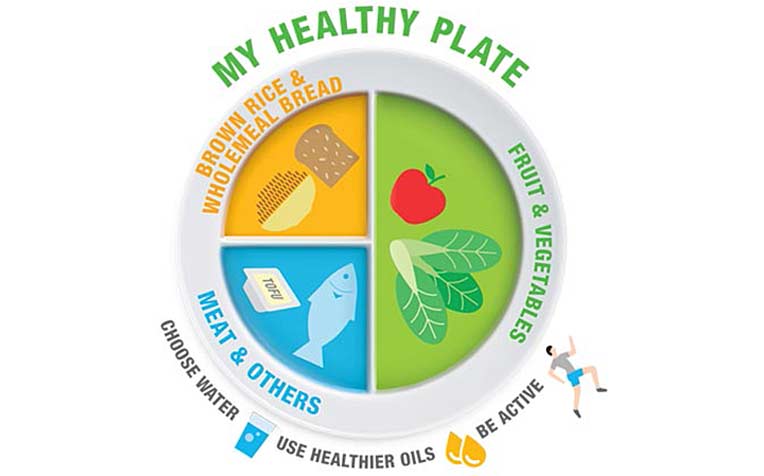Dealing with Picky Eating in Children
11 September 2024

Do mealtimes with your little one often feel like an endless battle, with them refusing to eat certain foods or insisting on eating only specific types of food?
You are not alone in your struggle. Picky eating is quite common among children aged between one to 10 years old, with one out of five children who are picky eaters.
In this article, we’ll explore this common childhood challenge and also provide ways to overcome it with helpful tips and advice from our Dietetics and Nutrition Services Department.
How Can You Tell If Your Child Is A Picky Eater?
Signs of picky eating in children may include:
- Becoming cranky or tired at meal times
- Informing you that they refuse to eat
- Spitting out their food
- Pushing away the spoon when being fed
- Turning their heads away from feeding
- Closing their mouth when you try to feed them
- Only eating the same food
Effects of Picky Eating on Your Child’s Health
While picky eating is a common childhood issue, it should not be taken lightly. Your child’s picky eating habits, whether by not wanting to eat or being adamant about eating only specific types of food, can lead to malnutrition due to your child not getting the required energy and nutrients needed for healthy growth and development.
Also, if your child prefers to only consume energy-dense and non-nutritious foods and beverages, they may be at risk of becoming overweight or obese in their childhood, increasing their risk for serious medical problems not only in childhood but also later in life. This includes diabetes, hypertension, and bone and joint issues.
Reasons Behind Picky Eating in Children
Being picky with food can be a normal part of childhood development as children start to develop preferences and assert their independence. However, there can also be other possible reasons behind your child’s reluctance or fussiness when it comes to eating, which includes:
- Food intolerances or allergies
- A previous bad experience with food
- Teething
- Being sick and unwell
- Digestive problems
Strategies to Tackle Picky Eating Behaviour

Feeding your little picky eater does not necessarily need to be a constant fight in order to get them to meet their nutritional needs for healthy growth. Here are some strategies parents can try to help to manage picky eating behaviour in your child and make mealtimes more enjoyable:
Don'ts
- Avoid distractions during meal times
- Avoid using food as a reward
- End meal times after 20 - 30 minutes
Do's
- Provide age-appropriate portions
- Provide 3 main meals and 2 snacks to encourage appetite
- Encourage independent feeding and tolerate mess
- Introduce new foods every week
- Encourage good behaviour and practise time-out if child misbehaves
If picky eating behaviour does not affect body weight, you may also involve your child in food challenges and food sensory activities, so that they can sit with the food, as well as smell, touch and taste the food.
However, if their picky eating behaviour is affecting their body weight, it is imperative that you fortify their food by adding nutrient-dense ingredients and also consider oral nutrition supplements. For advice on the appropriate type and amount of oral nutrition supplements to give your child, it may be wise to consult a paediatrician or dietician.
The Quarter, Quarter, Half Healthy Meal Plate Guide

To help ensure that your child is eating a well-balanced diet to support their daily nutritional needs, you may follow this meal plate guide, which follows the important keys to healthy eating - balance, moderation and variety.
To do this, just divide their plate into three portions according to the ratio specified below:
- ¼ plate of grains or grain products (preferably whole grains such as brown rice or wholemeal bread)
- ¼ plate of fish, poultry, meat, or egg
- ½ plate of fruits and vegetables
Also, do be sure to avoid using adult-sized plates for children. The ideal plate size for a child-sized portion should be 18 cm or 7 inches wide.
Picky eating is a common phase many children go through, particularly during their toddler years. However, as stressful as this period may be, with patience, understanding, and consistent effort, you can help your little picky eater develop healthier eating habits.
If your child’s picky eating behaviour continues to be a concern or affects your child’s growth and health, consider a professional consultation with a paediatrician to address any underlying issues. To schedule an appointment with our Consultant Paediatricians, click here
Back






